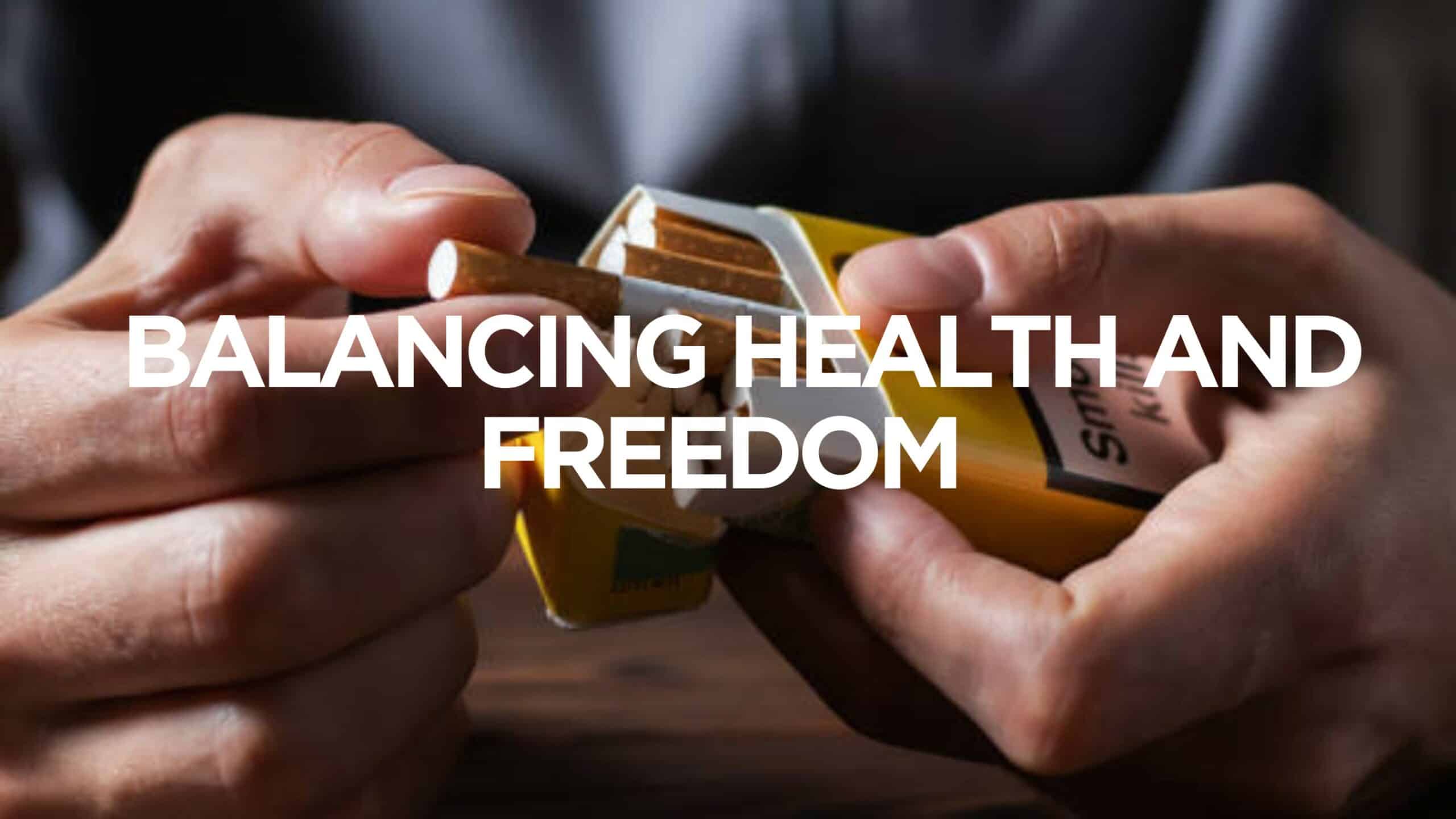New Take on Smoking and Balancing Health and Freedom Welcome to our exploration of Canada’s evolving stance on smoking culture, where we unravel the recognition of smokers’ rights and preferences in a landscape shaped by nuanced policies. Despite the global trend toward tobacco control and cessation efforts, Canada stands out for its unique approach that carefully balances public health concerns with the preservation of individual freedoms. In recent years, the country has witnessed a significant shift in attitudes, acknowledging not only the health risks associated with smoking but also the cultural significance of this practice within society. This acknowledgment goes beyond mere tolerance; it reflects a deeper understanding of the complex interplay between personal choices, societal norms, and the rights of individuals. As Canada navigates this delicate balance, it raises important questions about autonomy, harm reduction, and the role of government in shaping public behavior. From designated smoking areas to the legalization of cannabis, Canada’s policies reflect a willingness to accommodate diverse perspectives while addressing the health risks associated with smoking. Join us as we delve into the complexities of Canada’s approach to smoking culture and its implications for public health and individual freedom.
Smoking Regulation and Individual Rights
Canada’s approach to smoking reflects a unique balance between health concerns and individual freedoms. While acknowledging the risks associated with smoking, Canada also respects smokers’ rights within its cultural context. The country provides designated smoking areas to accommodate smokers while minimizing the impact on non-smokers. Additionally, Canada has legalized cannabis, recognizing the cultural significance of smoking and addressing the demand for alternative options.
However, Canada also prioritizes public health by implementing regulations on tobacco products and vaping. These measures aim to reduce harm and protect non-smokers from secondhand smoke. Furthermore, Canada offers robust support services for those who wish to quit smoking, including quitlines and cessation programs.
Despite these efforts, challenges persist, such as addressing disparities in smoking rates among marginalized communities and combating the influence of tobacco advertising. Nevertheless, Canada’s nuanced approach to smoking sets an example for other countries grappling with similar issues. By striking a balance between regulation and individual freedoms, Canada aims to promote healthier choices while respecting cultural practices.
Conclusion
Canada’s approach to smoking demonstrates a commitment to both public health and individual freedoms. By providing designated smoking areas and legalizing cannabis, Canada acknowledges the cultural significance of smoking while minimizing harm to non-smokers. Additionally, the country implements regulations to reduce tobacco use and offers support services to help people quit smoking.
Despite challenges like addressing disparities and combating tobacco advertising, Canada’s approach serves as a model for other countries. Its emphasis on finding a balance between regulation and cultural practices highlights the importance of understanding the complexities of smoking culture.
As Canada continues to navigate these challenges, it remains committed to promoting healthier choices while respecting individual freedoms. By learning from Canada’s approach, we can work towards creating environments that support both public health and personal autonomy.
FAQ
1. Does Canada ban smoking completely?
No, Canada doesn’t ban smoking entirely. It allows smoking in designated areas to respect smokers’ rights while also protecting non-smokers from secondhand smoke.
2. Is vaping allowed in Canada?
Yes, vaping is legal in Canada, but there are rules about where you can do it and how it’s sold to protect public health.
3. Does Canada help people quit smoking?
Yes, Canada offers resources like quitlines and programs to help people quit smoking and stay smoke-free. These services are available to support individuals in their journey to quit smoking.
4. How does Canada regulate tobacco products?
Canada regulates tobacco products through measures like plain packaging laws and restrictions on advertising to reduce smoking rates and protect public health.
5. Are there restrictions on smoking in Canada’s public places?
Yes, Canada has smoking bans in many public places, but it also provides designated smoking areas to accommodate smokers while minimizing the impact on non-smokers.
6. Does Canada have programs to educate about the dangers of smoking?
Yes, Canada implements educational programs and campaigns to raise awareness about the health risks associated with smoking and encourage tobacco cessation.

